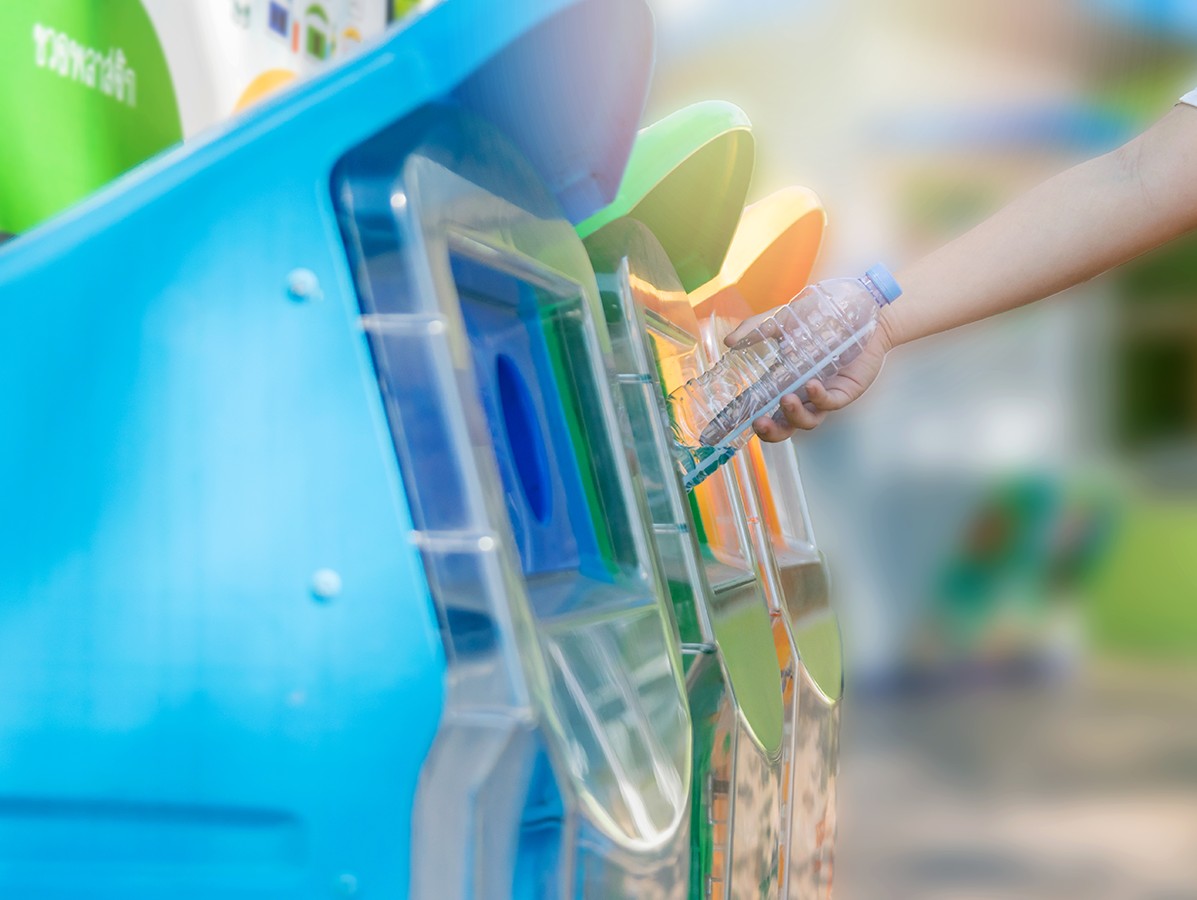
1. Stopping the use of primary food packaging made of polystyrene (PS) by 2025 at the latest. By 2025, plastic food packaging will consist of (HD)PP, (HD)PE or PET. The potential of this measure is a maximum of 7.5 ktonnes more recycling.
2. For the stream of complex laminate packaging, the FNLI (together with partners such as the CBL and KIDV) has launched a Community of Practice in 2019 on possible alternatives for a higher degree of recyclability (while maintaining functionality). The potential of this measure is, depending on the outcomes and the degree of implementation, a maximum of 7.5 ktonnes more recycling.
3. By 2025 at the latest, discontinue the placing on the Dutch market of 'composite' food packaging consisting of two or more different types of materials (e.g. paper packaging with plastic windows), so that this type of food packaging no longer forms a contaminant in the flow of plastic (films) or paper, and can be recycled.
4. By 2025 at the latest, 100% of black food packaging will be sortable: either by investing in the downstream process, or by using detectable black packaging. The potential of this measure is a maximum of 15 ktonnes more recycling.
5. By 2025 at the latest, stop coding with ink on monomaterials (particularly PET trays) and start laser coding.
6. All adhesives used must be washable by 2025. On the basis of (to be introduced) standards or guidelines, by 2025 the food industry will only use adhesives, labels and sleeves that ensure the highest possible sorting and recycling results in the sorting and recycling processes used.
7. By 2025, the average share of rPET in trays will be 50%. The potential effect of this measure is 10-12 ktonnes less use of virgin PET material.
8. Cardboard and paper: by 2022, 100% of the paper and cardboard used (primary, secondary and tertiary) will be certified or made of recycled material. By 2025, 75% of the paper and cardboard put on the market will be unbleached.
9. No later than 2020, a material reduction target (for 2025) will be drawn up for specific product categories and in relation to sub-branches, based on the Impact Ratio Benchmarking, and work will be carried out to improve insight into the consequences of social developments such as on-the-move consumption and portioning on the amount of packaging material used.
10. By 2022, all private label food packaging will bear a disposable logo. By 2025, 75% of A-brands will have a disposable logo. By 2022, some packaging formats (to be determined, but related to sub-branches) will have gone through a re-design for their litter sensitivity.
Photo: ©TeeStocker/Shutterstock.com
Source: © Vakblad Voedingsindustrie 2020